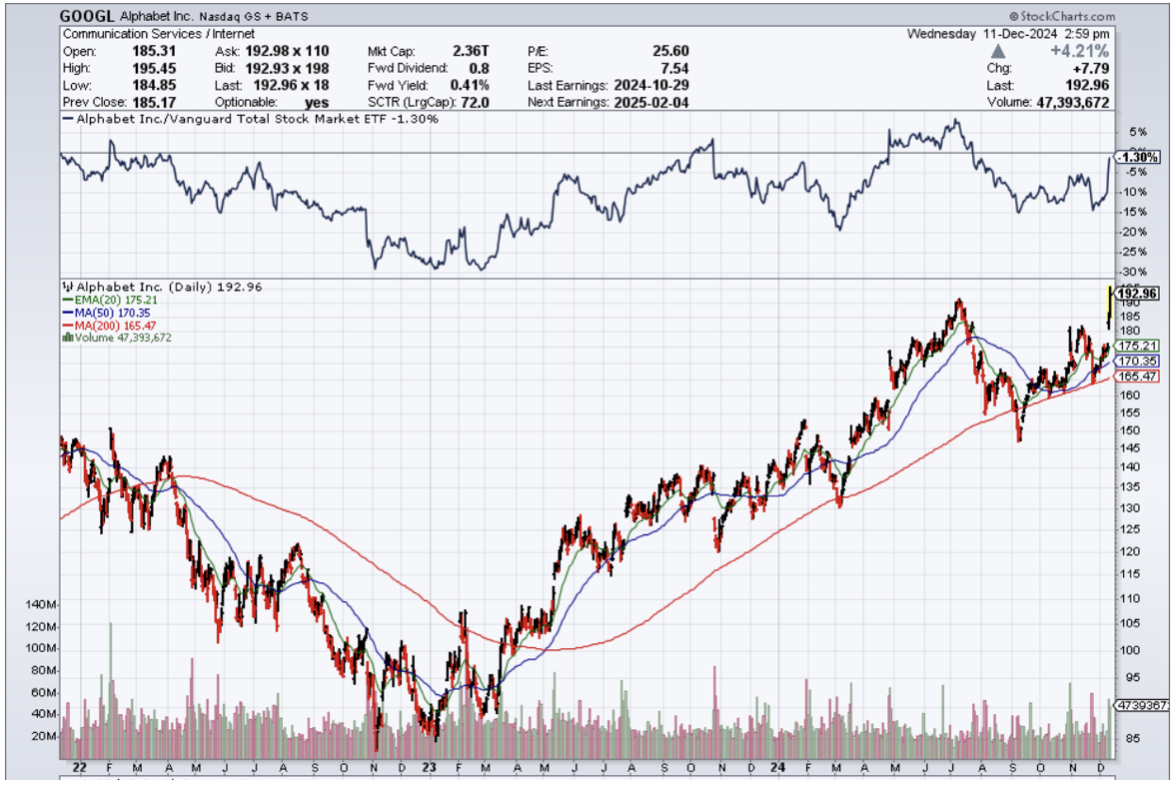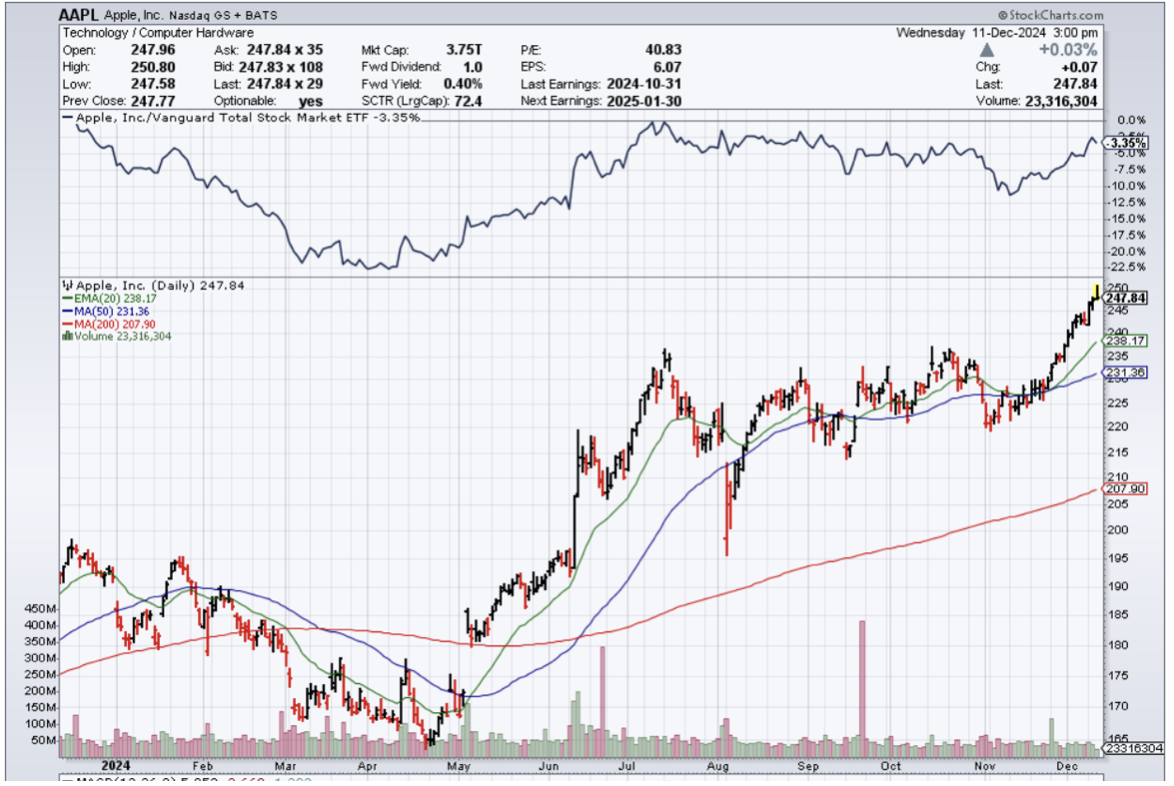In a bold strategic move that signals the company's commitment to technological innovation and global market penetration, Alibaba Cloud is embarking on an ambitious expansion of its artificial intelligence and cloud services across Asia, supported by a comprehensive new partner ecosystem and a meticulously crafted global expansion plan.
The Changing Landscape of Cloud and AI Services
The global technology landscape is experiencing unprecedented transformation, with cloud computing and artificial intelligence emerging as critical drivers of digital infrastructure and innovation. Alibaba Group Holding Limited (NYSE: BABA), a technology giant with deep roots in e-commerce and digital ecosystems, is positioning its cloud division at the forefront of this technological revolution.
Alibaba Cloud, the cloud computing arm of the Alibaba Group, has traditionally been a dominant force in the Chinese market. However, recent strategic initiatives indicate a significant shift towards broader regional and global market penetration, particularly in the rapidly evolving domains of artificial intelligence and cloud services.
Strategic Partnership Ecosystem: A Collaborative Approach
Central to Alibaba Cloud's expansion strategy is the development of a robust partner ecosystem that leverages local expertise, technological capabilities, and market insights across different Asian markets. This collaborative approach distinguishes Alibaba's strategy from more conventional, centralized expansion models.
Key Partnership Dimensions
- Technology Partnerships - Alibaba Cloud is forming strategic alliances with leading technology firms, research institutions, and innovative startups across Asia. These partnerships are designed to create localized AI and cloud solutions that address specific regional technological needs and challenges.
- Regional Integration - The company is focusing on creating deep integration points with local cloud infrastructure, telecommunications networks, and enterprise ecosystems in countries like Japan, South Korea, Singapore, Indonesia, and India.
- Startup and Innovation Acceleration - By establishing dedicated innovation centers and investment programs, Alibaba Cloud aims to nurture local technological talent and support emerging technology companies in developing cutting-edge AI and cloud solutions.
AI Capabilities: Beyond Traditional Cloud Services
Alibaba Cloud's AI strategy goes far beyond traditional infrastructure-as-a-service offerings. The company is developing comprehensive AI platforms that provide enterprises with advanced machine learning tools, natural language processing capabilities, and industry-specific AI solutions.
AI Technology Highlights
- Customizable AI Models: Enabling businesses to develop and deploy machine learning models tailored to their specific operational requirements
- Generative AI Frameworks: Providing advanced generative AI tools for content creation, design, and complex problem-solving
- Enterprise AI Integration: Offering seamless AI integration capabilities across various business processes and technological stacks
Market Expansion Dynamics
The expansion strategy encompasses multiple dimensions, reflecting a nuanced understanding of diverse regional technological landscapes and market dynamics.
Geographical Focus Areas
- Southeast Asian Markets - Countries like Singapore, Indonesia, and Vietnam represent critical growth zones with rapidly digitalizing economies and increasing technological adoption rates.
- East Asian Technology Hubs - Japan and South Korea, known for their advanced technological infrastructures, are key targets for Alibaba Cloud's sophisticated AI and cloud offerings.
- Indian Technological Ecosystem - With India's massive digital transformation and burgeoning startup ecosystem, the market represents a significant opportunity for Alibaba Cloud's expansion initiatives.
Technological Investment and Research
Alibaba is committing substantial financial and intellectual resources to support its cloud and AI expansion. The company has announced significant investments in research and development, with a particular focus on:
- Advanced machine learning algorithms
- Quantum computing research
- Edge computing technologies
- Sustainable and energy-efficient cloud infrastructure
Competitive Landscape and Differentiation
In a market dominated by global cloud giants like Amazon Web Services, Microsoft Azure, and Google Cloud, Alibaba Cloud is differentiating itself through:
- Deeper regional understanding
- More flexible and customizable solutions
- Aggressive pricing strategies
- Strong focus on AI and emerging technologies
Challenges and Potential Obstacles
The expansion strategy is not without challenges. Potential obstacles include:
- Complex regulatory environments across different Asian countries
- Intense competition from local and international cloud providers
- Geopolitical tensions affecting technology partnerships
- Data sovereignty and localization requirements
Economic and Technological Implications
Alibaba Cloud's expansion represents more than a corporate strategy—it signifies a broader shift in the global technological paradigm. By creating a more interconnected and locally responsive cloud and AI ecosystem, the company is contributing to the democratization of advanced technological capabilities.
Potential Impact
- Accelerated digital transformation across Asian markets
- Enhanced technological capabilities for small and medium enterprises
- Creation of new job opportunities in technology and innovation sectors
- Increased accessibility of advanced AI tools
Financial Outlook
While specific financial projections are closely guarded, industry analysts suggest that Alibaba Cloud's strategic expansion could significantly contribute to the company's long-term revenue growth. The cloud and AI services market in Asia is projected to grow exponentially, with estimates suggesting a compound annual growth rate of over 25% in the coming years.
Conclusion: A Strategic Vision for Technological Leadership
Alibaba Group Holding Limited's cloud division is not merely expanding—it is reimagining the future of cloud computing and artificial intelligence in Asia. By creating a dynamic, collaborative, and technologically advanced ecosystem, the company is positioning itself as a pivotal player in the global digital transformation narrative.
The strategy reflects a holistic approach that goes beyond technological capabilities, emphasizing regional understanding, collaborative innovation, and a commitment to empowering businesses through advanced digital solutions.
As the technological landscape continues to evolve rapidly, Alibaba Cloud's comprehensive expansion plan represents a bold and strategic approach to global market engagement. The coming years will be crucial in determining the success of this ambitious initiative and its potential to reshape the cloud computing and AI services landscape across Asia and beyond.


















